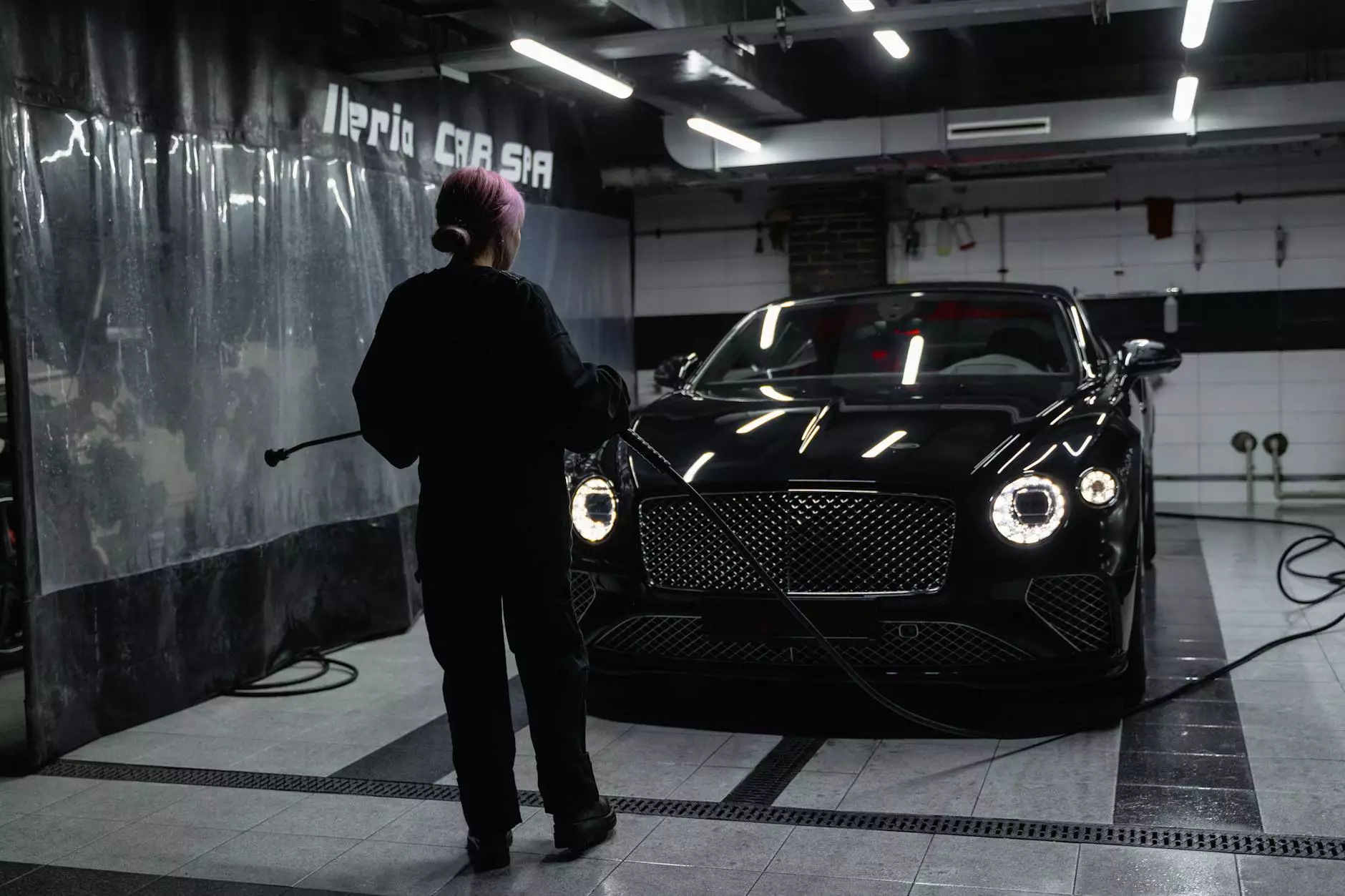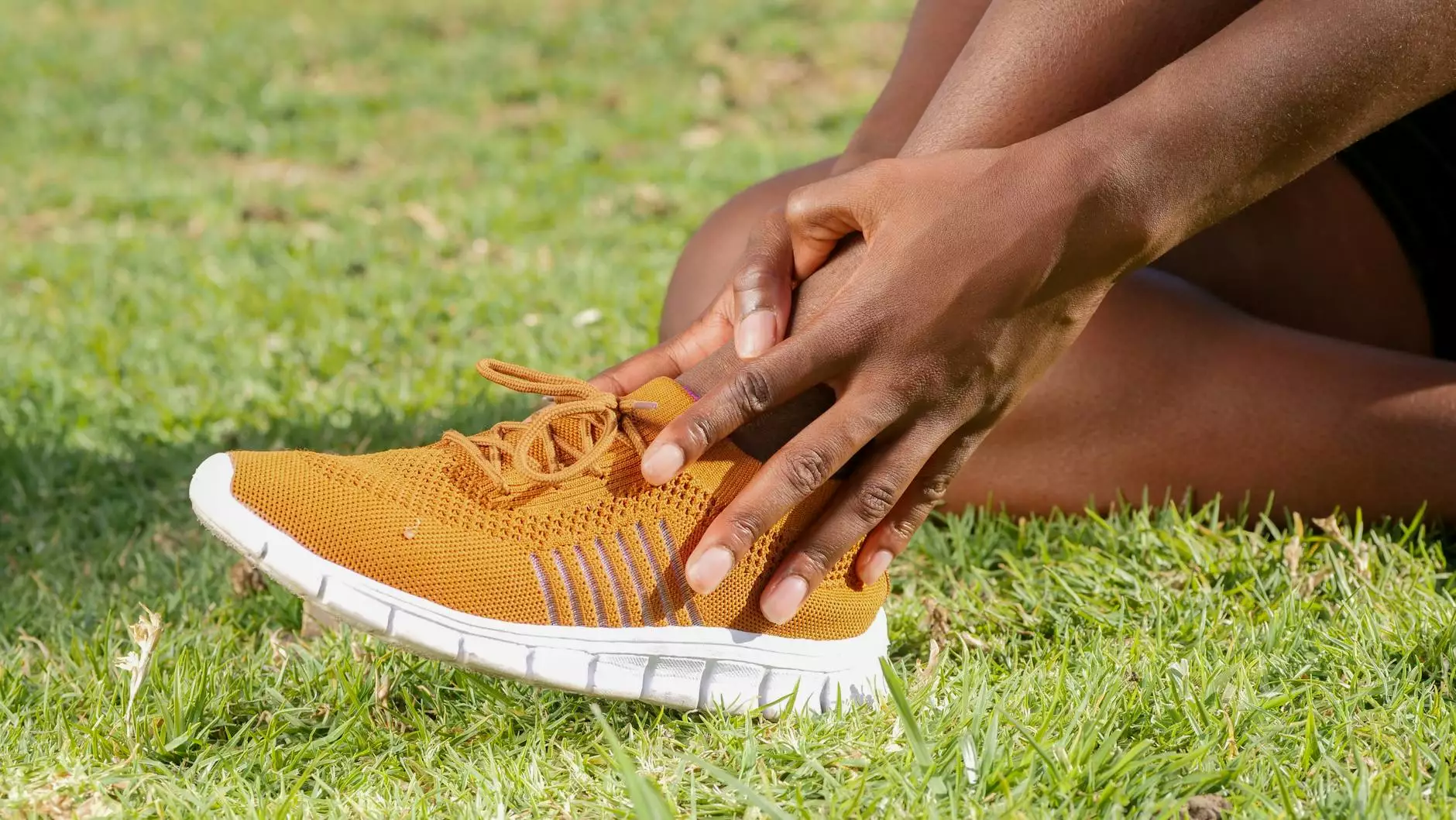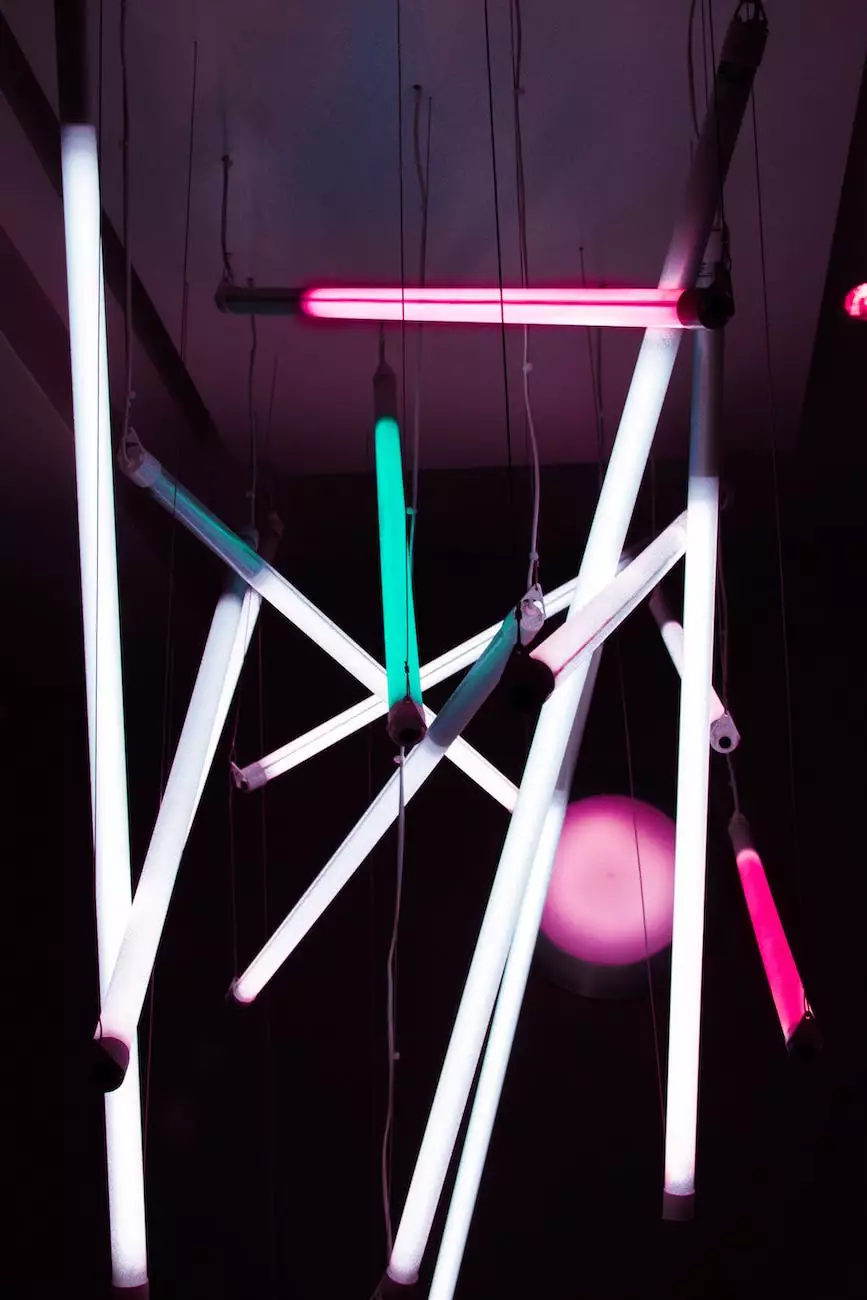Frequently Asked Questions
Products
What are Orthotics?
Orthotics are specialized devices designed to provide support, stability, and alignment to various parts of the body, such as the feet, ankles, knees, or back. These custom-made inserts are often used to correct biomechanical abnormalities, improve mobility, reduce pain, and enhance overall function.
Types of Orthotics
At Phoenix Medical Services, we offer a wide range of orthotics to address various conditions and needs:
- Foot Orthotics: These are custom-made shoe inserts designed to provide support, cushioning, and stability to the feet. They can help alleviate foot pain, prevent injuries, and improve overall foot function.
- Ankle Orthotics: Ankle orthotics, also known as ankle foot orthoses (AFOs), are devices that provide support and stabilization to the ankle and foot. They are commonly used for conditions such as ankle sprains, drop foot, or post-surgical rehabilitation.
- Knee Orthotics: Knee orthotics, such as knee braces, are used to provide stability and support to the knee joint. They help reduce pain, protect the knee during physical activities, and assist in post-injury recovery.
- Back Orthotics: Back orthotics, such as back braces or lumbar support belts, are designed to provide support and stability to the lower back. They can help alleviate pain, correct posture, and improve spinal alignment.
- Upper Extremity Orthotics: These orthotics focus on providing support and rehabilitation to the upper limbs, including the hands, wrists, elbows, and shoulders. They can assist in conditions such as carpal tunnel syndrome, tennis elbow, or shoulder instability.
What are Prosthetics?
Prosthetics are custom-made devices that replace missing body parts, such as limbs or digits. They are designed to restore functionality, improve mobility, and enhance the quality of life for individuals who have undergone amputations or were born without certain limbs.
Types of Prosthetics
At Rebound Orthotics & Prosthetics, Inc, we provide various types of prosthetic solutions tailored to individual needs:
- Lower Limb Prosthetics: Lower limb prosthetics are designed to replace all or part of the leg, including the foot, ankle, and knee joint. They enable amputees to regain mobility, walk, run, and engage in daily activities with increased independence.
- Upper Limb Prosthetics: Upper limb prosthetics are created to replace missing arms, hands, or fingers. These prostheses are designed to mimic natural limb movements and offer the functionality required for daily tasks, such as grasping objects or performing fine motor activities.
- Microprocessor-controlled Prosthetics: These advanced prosthetic systems incorporate microprocessors and sensors to enhance control and natural movement. They can automatically adjust to changes in walking speed, terrain, and gait patterns, providing a higher level of functionality and comfort.
- Cosmetic Prosthetics: Cosmetic or aesthetic prostheses are designed to resemble natural body parts as closely as possible. While they may not have functional capabilities, they can help enhance body image and confidence.
How are Orthotics and Prosthetics Designed and Fabricated?
Orthotics and prosthetics are custom-designed and fabricated to ensure the best fit and functionality for each individual. The process typically involves several steps:
- Evaluation and Assessment: Our experienced orthotists and prosthetists assess the individual's needs, functional abilities, and specific condition. They may conduct physical examinations, evaluate medical records, and discuss goals and expectations.
- Measurement and Cast/Scan: Precise measurements are taken using advanced technologies, such as CAD/CAM systems. For orthotics, molds or scans of the body part are obtained to ensure proper fit and alignment.
- Design and Fabrication: Using the measurements and digital models, our skilled technicians create custom designs for the orthotics or prosthetics. High-quality materials are carefully selected to provide optimal durability and comfort.
- Fitting and Adjustment: Once the orthotic or prosthetic device is fabricated, it is fitted to the individual. Our experts make necessary adjustments to ensure proper alignment, comfort, and functionality. Regular follow-ups may be required to fine-tune the fit over time.
- Education and Training: We provide extensive education and training to the individual, ensuring they understand how to properly use and care for their orthotic or prosthetic device. This includes instruction on wearing, cleaning, and maintaining the device, as well as practicing proper techniques for optimal functioning.
How to Care for Orthotics and Prosthetics?
Proper care and maintenance are essential to prolonging the lifespan and functionality of orthotics and prosthetics:
- Cleaning: Regularly clean the devices using mild soap and water. Avoid harsh chemicals or abrasive materials that may damage the surface or components.
- Moisture Control: Orthotics and prosthetics should be kept dry to prevent bacterial growth or skin irritations. Use moisture-wicking socks or liners and allow sufficient air circulation.
- Inspection: Routinely inspect the devices for any signs of wear, damage, or loose components. If you notice any issues, consult with your orthotist or prosthetist for proper repair or replacement.
- Comfort: Ensure proper fit and comfort by following the instructions provided by your orthotist or prosthetist. Report any discomfort or pain experienced during usage immediately.
- Follow-up Appointments: Regularly attend follow-up appointments to assess the fit and functionality of your orthotic or prosthetic device. Adjustments or modifications may be necessary to maintain optimal performance.
Contact Rebound Orthotics & Prosthetics, Inc
If you have any further questions or would like to schedule a consultation, please don't hesitate to contact us:
Address: 123 Main Street, City, State, ZIP
Phone: 123-456-7890
Email: [email protected]




